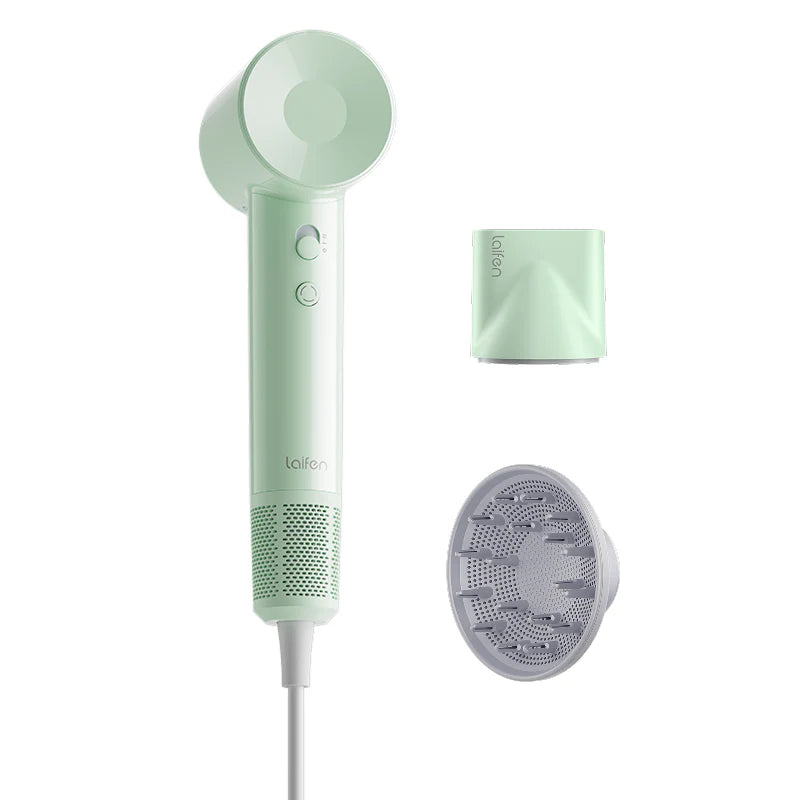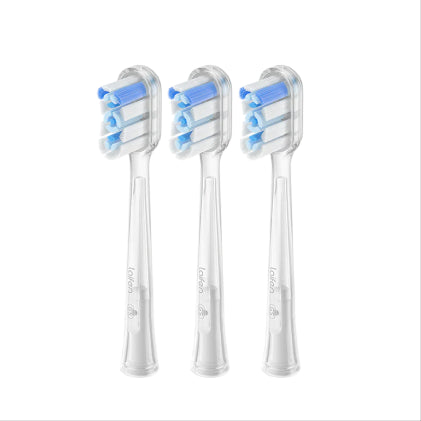
In this article
Each hair strand is covered by a layer called the hair cuticle, the outermost layer, and it’s essential for protecting the hair. In other words, consider the cuticle a protective shield to keep the hair’s strength and shine. This is why, in this article, we delve into what the hair cuticle is, how it’s structured, the significant causes of hair cuticle damage, and effective ways to repair hair cuticles. Healthy cuticles can make a big difference to the appearance and health of hair.

What is the Hair Cuticle?
A hair cuticle is a thin protective covering that surrounds the hair shaft. The cuticle is made up of overlapping cells, which, essentially, act to protect the inner layers of hair from outside damage. This layer is a shield protecting hair from environmental stressors, heat, and chemicals. Hair that is silky smooth and easily moisturized is good, as is a healthy cuticle to keep out the elements and help retain moisture, especially as dryness and breakage can run rampant.
If the cuticle on hair is in good condition, hair will look shiny and feel smooth, when the cuticle is not ingood condition, this can make your hair look dry and brittle. However, the cuticle is damaged when it is cut, and hair takes on the look of being dull, rough, or frizzy. The structure of this protective layer is key to entire hair health and deserves your attention, so to speak, and understanding how to care for it.
Hair Cuticle Structure
The hair strand is formed of overlapping, flat cells that reside like shingles on a roof and provide a barrier around the hair strand. This structure has three main layers: cortex, cuticle, and medulla. Here’s a breakdown of each:
- Cuticle: Also known as the protective layer that gives your hair a shine. Tightly bound cells work to keep the inner strength of the hair.
- Cortex: While the bulk of the hair’s color and strength are located beneath the cuticle, the cortex is the primary tissue. Keratin gives hair its structure, which it contains.
- Medulla: Found mostly in thicker hair strands, the core layer is the most important layer. Although less important, the medulla contributes to hair’s volume and density as a whole less directly.
Together the layers of hair work to strengthen and keep hair strong and resilient. Finally, the hair cuticle layer is most subject to damage, and can lift or peel away the protective cells.
Causes of Hair Cuticle Damage
Hair cuticle damage causes are several and can affect the health and appearance of hair. Here are the main causes:
- Heat Styling: Using high heat tools such as, straighteners and curling irons, frequently means the cuticle is weakened allowing it to lift and therefore the hair becomes more prone to breaking.
- Chemical Treatments: Hair dye, perms, and chemical relaxers do affect the cuticle on hair and can cause long term damage. The cuticle can be weakened by chemicals which dry the hair and cause split ends.
- Environmental Factors: Time takes its toll on cuticle with UV rays, wind and pollution all taking a toll on moisture, making hair brittle.
- Mechanical Damage: Brushing or handling hair too much, or especially when its wet can cause the cuticle to be lifted, and result in frizz or breakage.
- Improper Hair Care Products: Harsh ingredients found in some product such as Sulfates or Alcohol can remove the natural oils from the hair cuticle causing it to become dry or dull.
The regular exposure to these factors has been shown to have a large effect on cuticle integrity. In fact, research has demonstrated that repeated chemical processing causes hair to lose 50 percent of its strength. Knowing these causes allows people to make better choices of avoiding or reducing damage.
How to Repair Hair Cuticles?

To recover your hair health, repairing your hair cuticle is essential. Here are effective ways to repair hair cuticles and protect them from further damage:
- Use Moisturizing Products: For products that will seal and smooth the cuticle on hair, look for those rich in natural oils such as argan or coconut oil. Damaged cuticles cause the gaps to fill in, improving texture and shine.
- Limit Heat Styling: Cuticle time can be given to allow for reducing the frequency of heat styling. Use a heat protectant at a minimum, even when the heat is needed to protect the hair cuticle from excessive temperatures.
- Choose Sulfate-Free Shampoos: Gentle shampoos that contain no sulfate help maintain oils that exist naturally which protects the cuticle. It allows the hair cuticle structure to stay intact, and minimizes frizz and dryness.
- Regular Trims: If split ends make their way up the hair shaft, they will damage the cuticle even more. This is prevented through regular trims and healthy hair throughout.
- Use Hair Masks Weekly: One week a deep conditioning mask can get into the hair shaft and provide nutrients that strengthen the cuticle. Keratin, protein, and essential oils are all ingredients that will help heal the hair cuticle from the inside out.
- Avoid Chemical Treatments: Exposure to chemical treatments is minimized keeping the cuticle layer intact. Choose natural hair colour or styles that don’t need harmful chemicals.
If you follow these repair methods, you will slowly bring the health of the cuticle on hair back and hair will be harder, smoother, shinier, and healthier.
Conclusion
It is worth mentioning that the hair cuticle acts as an important barrier for each hair strand with which the inner layers of each strand are protected. If we understand what the hair cuticle is, what causes hair cuticle damage, and how to repair hair cuticle, then we can maintain healthier hair. If you adopt gentle hair care practices, follow a no har col treatment and let you cuticles stay whole, your hair would get stronger and shinier over time.
FAQs: What is the Hair Cuticle?
What is the main function of the hair cuticle?
The hair cuticle is the protective outer layer of all of the hair strands, protecting the inner layers from damage from heat, chemical and environmental factors. The cuticle needs moisture; it helps keep hair shiny, smooth, and healthy.
How can I tell if my hair cuticle is damaged?
Hair’s cuticle that may be damaged shows signs like frizz, dullness dryness, and split ends. If the cuticle is lifted or broken, allowing moisture to escape, hair may feel rough, look dead or lack lustre.
What are common causes of hair cuticle damage?
Top causes of hair cuticle damage are frequently heat styling, chemical treatments, exposure to harsh weather, and the use of sulfates or alcohol-based hair products. All of these things can actually allow the cuticle to either lift or to become strengthened, thus making the hair more prone to breakage and dryness.

























